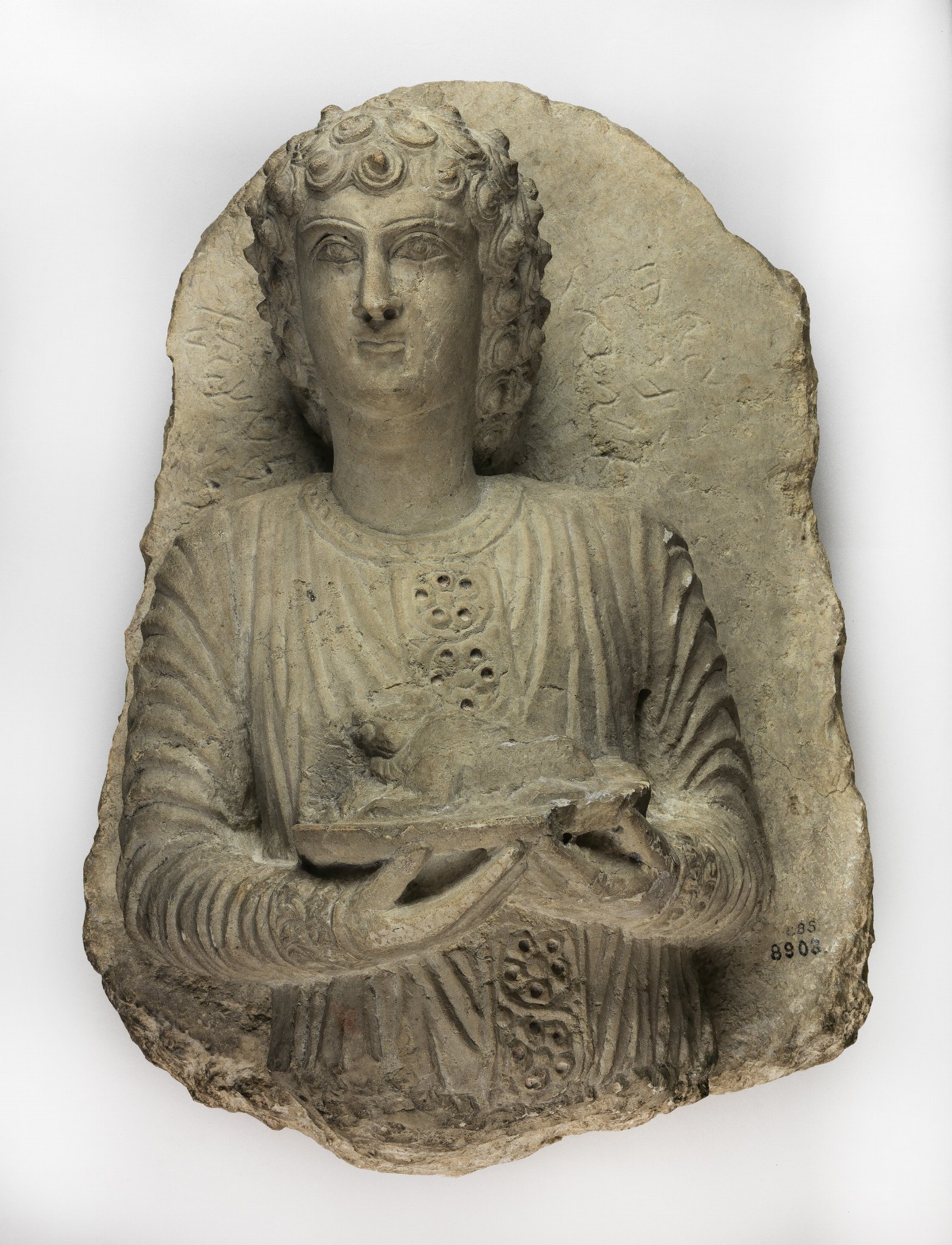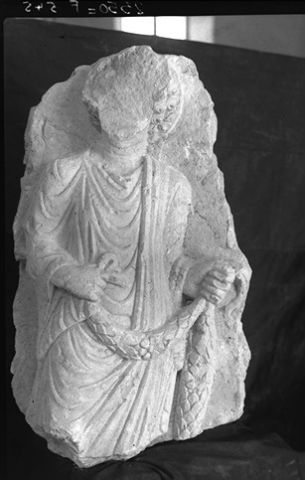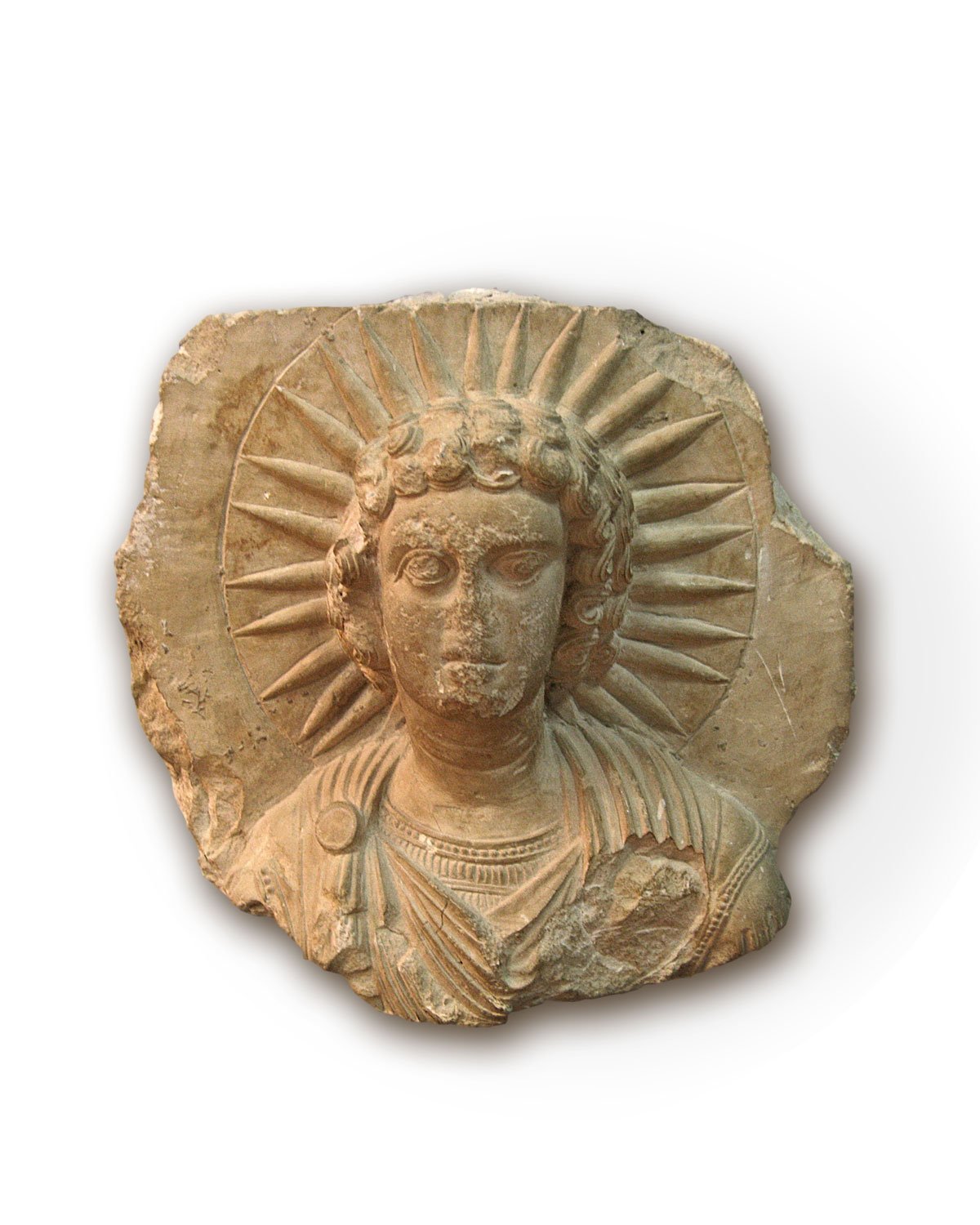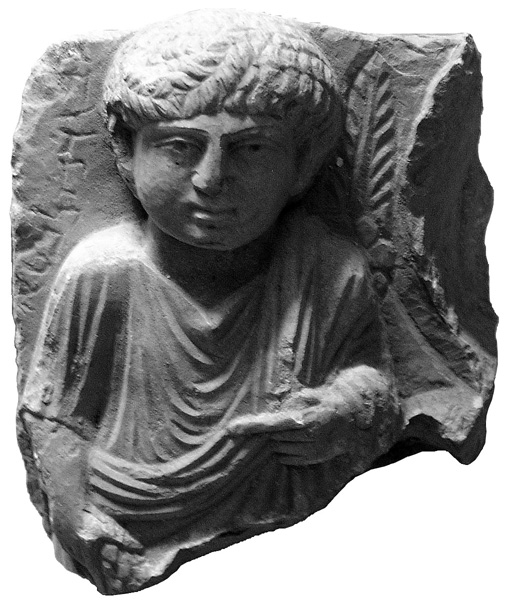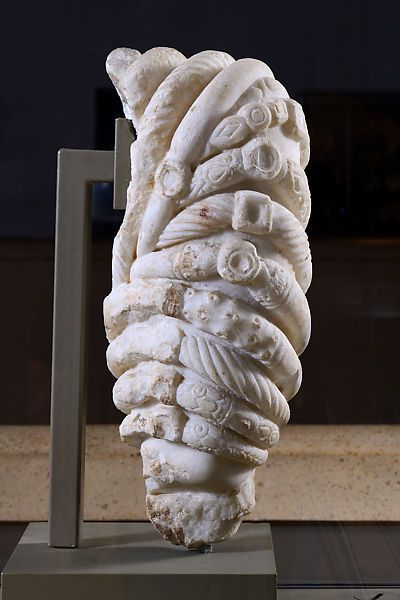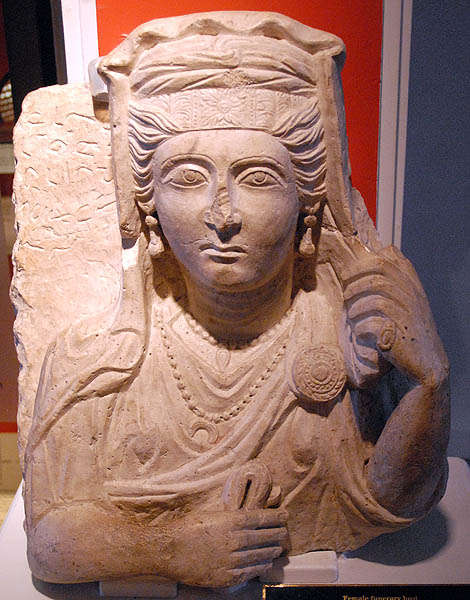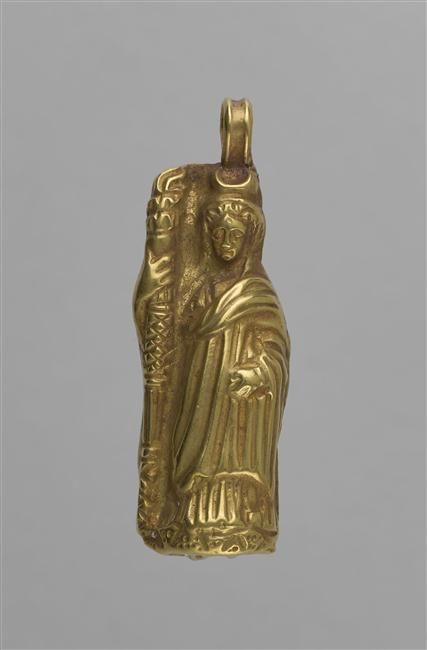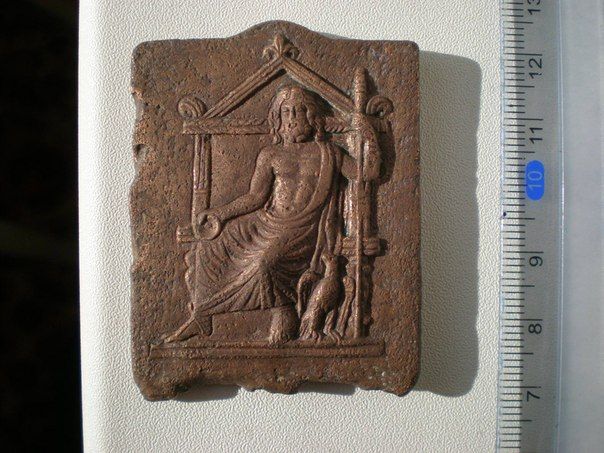Zeus sitting on the throne, fresco from the House of the Dioscuri, Pompeii, 65-79 CE. Now in the National Archaeological Museum of Naples.
“Zeus sits on an ivory throne, surrounded by cosmic symbols – an eagle and a heavenly spheres while he is crowned by the winged Nike. His legs are covered with a purple mantle. The fresco of the father of the gods and the Dioscuri, whose representations in the vestibule gave the house its name, was located in the atrium, along with representations of Saturn, Ceres, Dionysus (now in the Archaeological Museum of Naples) and Apollo (now in the British Museum in London; donated by King Ferdinand II to the English ambassador Sir William Temple). The House of the Dioscuri – one of the most prestigious in Pompeii in terms of the vastness of the rooms and the richness of the decoration – served as a source of inspiration for the Pompeianum, built in Aschaffenburg for Ludwig I of Bavaria.
The slightly shortened seat and footstool are depicted under the influence of a sculptural model: in all likelihood, the model to which the picture dates back is the famous chrysoelephantine statue of the chisel of Phidias.
The depletion of the upper layers of the painting makes it impossible to determine all the details, but those that have survived (for example, the armrest of the throne) are extremely accurate.”
Valeria Sampaolo in “GODS, MEN, HEROES. FROM THE MUSEO NAZIONALE ARCHEOLOGICO, NAPLES AND THE PARCO ARCHEOLOGICO DI POMPEI”;
an exhibition catalog, Saint Petersburg, The State Hermitage Publishers, 2019, ed. Anna Trofimova, Andrey Kuznetsov.

Photo after Anna Trofimova


Pic. 2) © Ancient Corinth, Archaeological Museum [https://www.archaeology.wiki]
Asclepius sitting on the throne. Marble statuette with traces of polychrome, 2nd century.
Ancient Corinth, Archaeological Museum collection
“Marble statuette of Asklepios enthroned; a product of an Athenian workshop clearly inspired by the gold and ivory cult statue of the god created by the Parian sculptor Thrasymedes at Epidauros. AD 150 – 200” [https://www.archaeology.wiki]

https://www.academia.edu/resource/work/44170308


